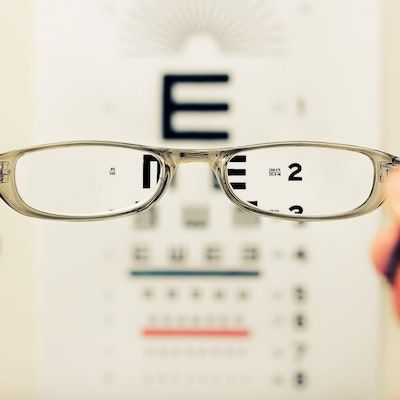Cardiovascular Disease Risk Factors More Prevalent in Visually-Impaired Adults
A new CDC study shows the link between poor vision and heart disease is not just limited to cardiovascular events.

Cardiovascular disease and its risk factors are more prevalent in patients suffering from visual impairment than among the general population, according to new findings.
In a cross-sectional, nationally representative assessment of annual health survey data, a team of investigators from the US Centers for Disease Control and Prevention (CDC) reported a notable association between cardiovascular disease and visual impairment.
The research, presented at the Association for Research in Vision and Ophthalmology (ARVO) 2021 Virtual Sessions this weekend, also provided distinct associated prevalence ratios (aPR) for numerous cardiovascular disease risk factors that are similarly prevalent in patients with ophthalmic diseases, including alcohol and smoking habits, hypertension, and diabetes.
Led by Elizabeth Lundeen, PhD, MPH, of the Division of Diabetes Translation at the CDC, investigators sought to better describe the relation between visual impairment and cardiovascular risk factors among adults in the US. As they noted, the matter is less defined than the current understanding that visual impairment is associated with heart and metabolic disease.
They used self-reported data from US noninstitutionalized civilians included in the 2018 National Health Interview Survey. Their data included 23,071 adults aged ≥18 years old with data on cardiovascular disease, risk factors, and visual impairment—the latter defined as difficulties seeing regardless of glasses or contact lenses use.
The prevalence of cardiovascular disease was described by patient visual impairment status and defined by various events or conditions: coronary heart disease, angina, myocardial infarction, stroke, or other diseases.
Lundeen and colleagues generated aPRs with generalized linear regression models inclduing Poisson distribution and log links for the following cardiovascular risk factors observed in patients with visual impairment: current smoking, physical activity, excessive alcohol intake, obesity, hypertension, high cholesterol, and diabetes.
Their models controlled for various demographics including patient age, sex, race/ethnicity, education, marital status, employment, income, and health insurance.
Mean participant age was 47.3 years old, with 51.6% being female. Just 12.9% of participants had visual impairment. Crude cardiovascular disease was prevalent in more than one-fourth (26.6%; 95% CI, 24.6 – 28.5) of participants with visual impairment, versus just 12.1% (95% CI, 11.6 – 12.7) in those without (aPR, 1.64; 95% CI, 1.48 – 1.76).
Visually-impaired participants reported a greater prevalence of cardiovascular disease risk factors for each of the 7 observed factors, as follows:
- Current smoking (aPR, 1.36; 95% CI, 1.24 – 1.48)
- Physical inactivity (aPR, 1.13; 95% CI, 1.05 – 1.20)
- Excessive alcohol intake (aPR, 1.29; 95% CI, 1.08 – 1.54)
- Obesity (aPR, 1.26; 95% CI, 1.19 – 1.34)
- Hypertension (aPR, 1.24; 95% CI, 1.18 – 1.31)
- High cholesterol (aPR, 1.17; 95% CI, 1.11 – 1.24)
- Diabetes (aPR, 1.46; 95% CI, 1.32 – 1.63)
Lundeen and colleagues concluded visually-impaired adults had a greater prevalence of cardiovascular disease and its risk factors versus those without visual impairment.
“Reducing cardiovascular disease risk in adults with visual impairment requires effective clinical and lifestyle interventions, adapted to accommodate visual impairment-related disability, to aid in the prevention and management of cardiovascular disease,” they wrote.
The study, “Cardiovascular Disease Risk Factors in U.S. Adults with Vision Impairment,” was presented at ARVO 2021.